Towards a Strategy for India's Decarbonisation
Towards a Strategy for India's Decarbonisation
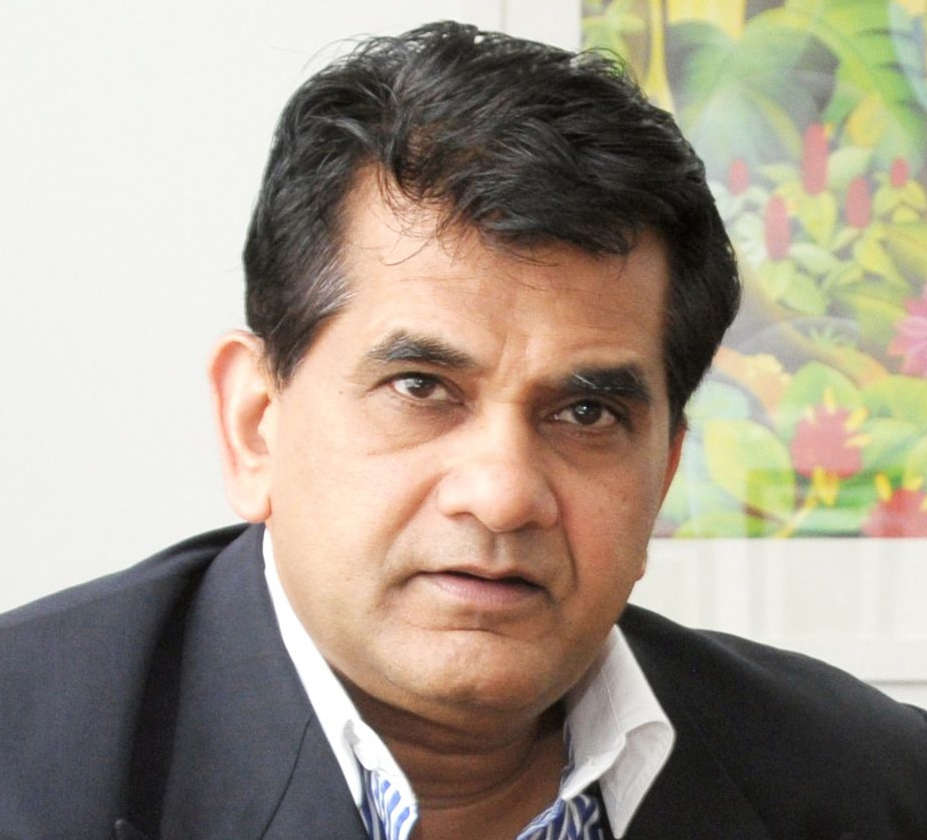
Amitabh Kant
CEO, NITI Aayog, Government of India
IISD's invited Distinguished Guest Blog
The recent IPCC AR-6 Report "Climate Change 2021, The Physical Science Basis", has shared and
brought before us, the great concerns for a "Red Planet" in the making, and how catastrophe that people have started
encountering, due to the rising temperatures, around the world. In such a context, Decarbonization Of Our Economy is
the key challenge for all of us, at this point of hour. Decarbonization refers to the process of reducing carbon emissions into the atmosphere
to limit Global Warming to well below 2oC, if possible maximum at a Ceiling of 1.5 Degree above pre-industrialized levels.
The emission trajectory of India depends on certain development needs and aspirations,
which directly impact the energy system. These include economic growth, urbanisation,
uniform access to affordable and clean energy, uniform access to mobility services and sustainable stimulation of Indian industries.
Given that much of India's energy infrastructure is yet to be built, it is important to plan the development meticulously, so that India grows in a sustainable manner.
India has ratified its Nationally Determined Contribution (NDC) targets for 2030 to the United Nations Framework Convention on Climate Change (UNFCCC),
with an aim to combat climate change, while ensuring that the country, is able to meet development aspirations.
In this context, India has pledged to reduce the GHG emission intensity of GDP by 33-35% from 2005 levels,
increase forest cover by 2.5-3 GtCO2e and increase the share of non-fossil power generation capacity to 40% conditional
on provision of international finance by 2030, among other qualitative targets on developing mitigation and adaptation capacities.
India is actively implementing policies and measures on multiple fronts to grow on a path aligned with the
idea of "Economic Development without Destruction". Some of these policies and measures include Perform Achieve Trade (PAT),
Unnat Jyoti by Affordable LEDs for All (UJALA), and Standards & Labelling, directed at improving energy efficiency;
ambitious renewable energy targets of 450 gw by 2030 and clean coal technology adoption in the power sector;
Bharat Stage-VI (BS-VI), National Electric Mobility Mission (NEMM), and the National Policy on Biofuels in the transport sector.
Ladakh is going for India's first Geothermal Power project
to tap the potential of Natural Geysers dotting the Puga area, 170 km east of Leh and not far from the China border, in Changthang plains.
Moreover, India can generate 127 gw of offshore wind energy with its 7,600 km of coastline, according to the MNRE.
The total wind energy potential is 302 gw at a 100-meter hub height, according to the National Institute of Wind Energy (NIWE).
Moreover, now the CoP-26 at Glasgow, presents an opportunity for India to present its own development transition
and also help the world to secure its climate transition. A large part of India's energy consumption will have to
come from non-electricity sources like Renewable Energy Sources and few other non-fossil energy sources like
that of Hydrogen. India already consumes 8-10% of Gray Hydrogen, an imported as Natural Gas, and it could cut
down imports by substituting this with Green Hydrogen, which can be a Game Changer for India, importing 85% of its Oil and 53% of gas demand;
particularly in the refining and fertilizing sectors.
In fact, NITI Aayog and Embassy of the Netherlands, New Delhi, had already signed a Statement of Intent (SoI) on 28th September 2020, to support
the decarbonization and energy transition agenda for accommodating more cleaner energy. Through this collaboration,
NITI Aayog and the Dutch Embassy jointly seek a strategic partnership to create a platform that enables a comprehensive collaboration
among stakeholders and influencers, including policymakers, industry bodies, private enterprises, and sector experts.
The focus of the partnership is on co-creating innovative technological solutions by leveraging the expertise of the two entities.
This will be achieved through an exchange of knowledge and collaborative activities.
The key elements of the SOI, include :
-
lowering the net carbon footprint in industrial and transport sectors
-
realise the target potential of natural gas and promote bio-energy technologies
-
adopt clean air technologies from monitoring to reducing actual particulates
-
adopt next-generation technologies, such as hydrogen, carbon capture utilization, and storage for sectoral energy efficiency
- financial frameworks to deliver and adopt climate change finance.
We are successfully working towards achieving the decarbonization and energy transition agenda for India. Since, we are committed to reduce emissions'
intensity by 33%-35% by 2030. With the focus on carbon intensity of products sold across the world, low carbon industrialization is the next huge opportunity for India. Apart from the ongoing emphasis on renewable energy, India stands committed to the rapid adoption of electric vehicles.
India is committed to decarbonising its economy as a responsible global citizen, though the country's priorities are different from the developed world. The future growth of energy demand is sure to come from India, as we are an emerging economy. The incremental requirement of India's energy would largely come from renewable energy, as India's energy basket would have more than 40 percent of its needs from the renewable energy and non-fossil fuel sector. A decarbonised economy is based on low-carbon power sources that therefore has a minimal output of greenhouse gas (GHG) emissions into the atmosphere.
In addition to traditional sectors, India is also looking at future sources of energy. Identifying hydrogen as a priority area for India, for which we have the National Hydrogen Mission, where we are looking for affordability of hydrogen for mass utilisation and compatibility in India's early efforts at
CNG (Compressed Natural Gas) blending,
with Hydrogen in Delhi and NCR in the transportation sector.
Indian Oil Corporation Ltd. (IOC) on July 23, 2021 announced its plan to build the Country's first Green Hydrogen plant at its Mathura Refinery.
India has a policy-driven model, where we would embrace new energy technology. Gradually we would phase out our
existing energy consumption pattern. We would transit towards a much more greener and cleaner path.
But looking into our affordability challenges now, which is more price sensitive, in our domestic economy; for which, we are using Natural Gas as an
intermedent bridging fuel.
Although, Oil and coal would have to continue to be in India's energy basket for a period;
but gradually we are making them more and more cleaner and
we are going for adopting fuel cell technologies in large scale, including the Green Hydrogen Energy.
Western world, today have lots of technologies,
lots of resources, and we have the strength of a vibrant market; if we can synergise in R&D and have the newer technologies in digitalisation,
they would surely like to invest in our low cost, again low carbon technologies, where they would find a much safer and well-organized
policy-driven market in India.
Shri Amitabh Kant is Chief Executive Officer (CEO), National Institution for Transforming India (NITI) Aayog, Government of India.
This is an IISD's Invited Guest Blog, under Distinguished Personality Category.
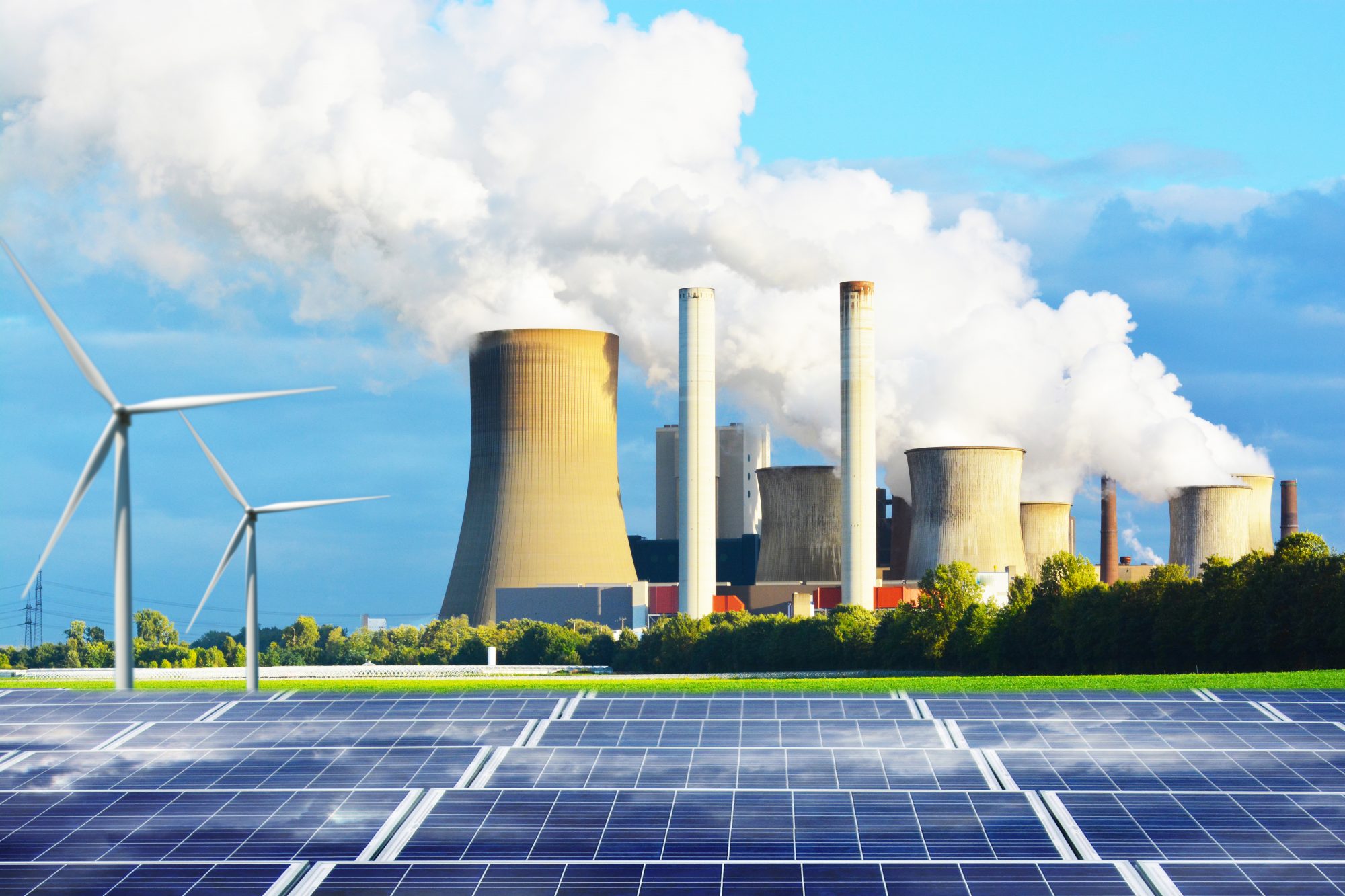

Climate Finance is key and fundamental to the Decarbonisation. Hence, We at India, need now huge Private and Public Cheap Capital made available to us, to Decarbonise our Economy.

Green hydrogen can be a game changer for India, which imports 85% of its Oil and 53% of Gas Demand. (File Photo: Reuters)
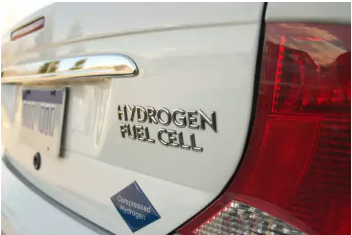
Economic Times (July 23, 2021, 11:53 IST) Indian Oil Corporation Ltd. (IOC) on July 23, 2021 announced its plan to build the Country's first Green Hydrogen Plant at its Mathura Refinery.
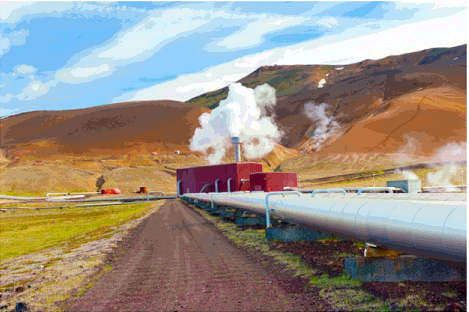
Times of India (Feb 8, 2021, 23:03 IST) Ladakh is going for India's first Geothermal Power Project to tap the potential of Natural Geysers Dotting the Puga area, 170 km east of Leh and not far from the China border, in Changthang Plains.
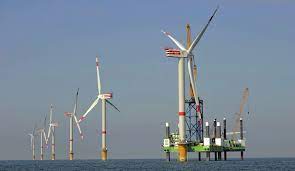
India can generate 127 GW of Offshore Wind Energy with its 7,600 km of Coastline, according to the MNRE. The total Wind Energy Potential is 302 GW at a 100-meter hub height, according to the National Institute of Wind Energy (NIWE).
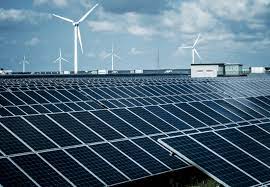
Renewable Hybrid Energy systems can generate round-the-clock power, with Cost and Reliability levels, comparable to Coal-fired Plants.
Solar and Wind Hybrid Energy systems would prove to be a Game Changer in India.
India's MNRE released a Solar-Wind Hybrid Policy in 2018.
This provides a Framework to promote Grid-connected Hybrid Energy through set-ups that would
use Land and Transmission Infrastructure, optimally and also manage the variability of renewable resources










